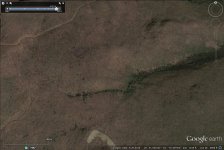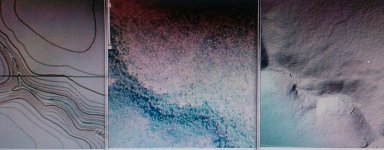wtsobsessed
Member
- Joined
- Mar 11, 2011
- Messages
- 40
Hey PCCray... Can you get it for Android?
Well, the short answer is, if the screen is big enough it should already work on current versions of Android. Try FireFox for Android if Chrome or the standard browser doesn't work
The long answer is:
1) Really designed for use on a big screen. Makes no sense on a phone even though it actually runs on an iPhone (though the legends take up the entire screen). A large tablet with a super hi rez screen might be OK.
2) Unless you have an unlimited data plan, you really don't want to use it without WiFi. This map is a data hog and you'll burn a limited data plan mucho fasto.
Well, the short answer is, if the screen is big enough it should already work on current versions of Android. Try FireFox for Android if Chrome or the standard browser doesn't work
The long answer is:
1) Really designed for use on a big screen. Makes no sense on a phone even though it actually runs on an iPhone (though the legends take up the entire screen). A large tablet with a super hi rez screen might be OK.
2) Unless you have an unlimited data plan, you really don't want to use it without WiFi. This map is a data hog and you'll burn a limited data plan mucho fasto.






